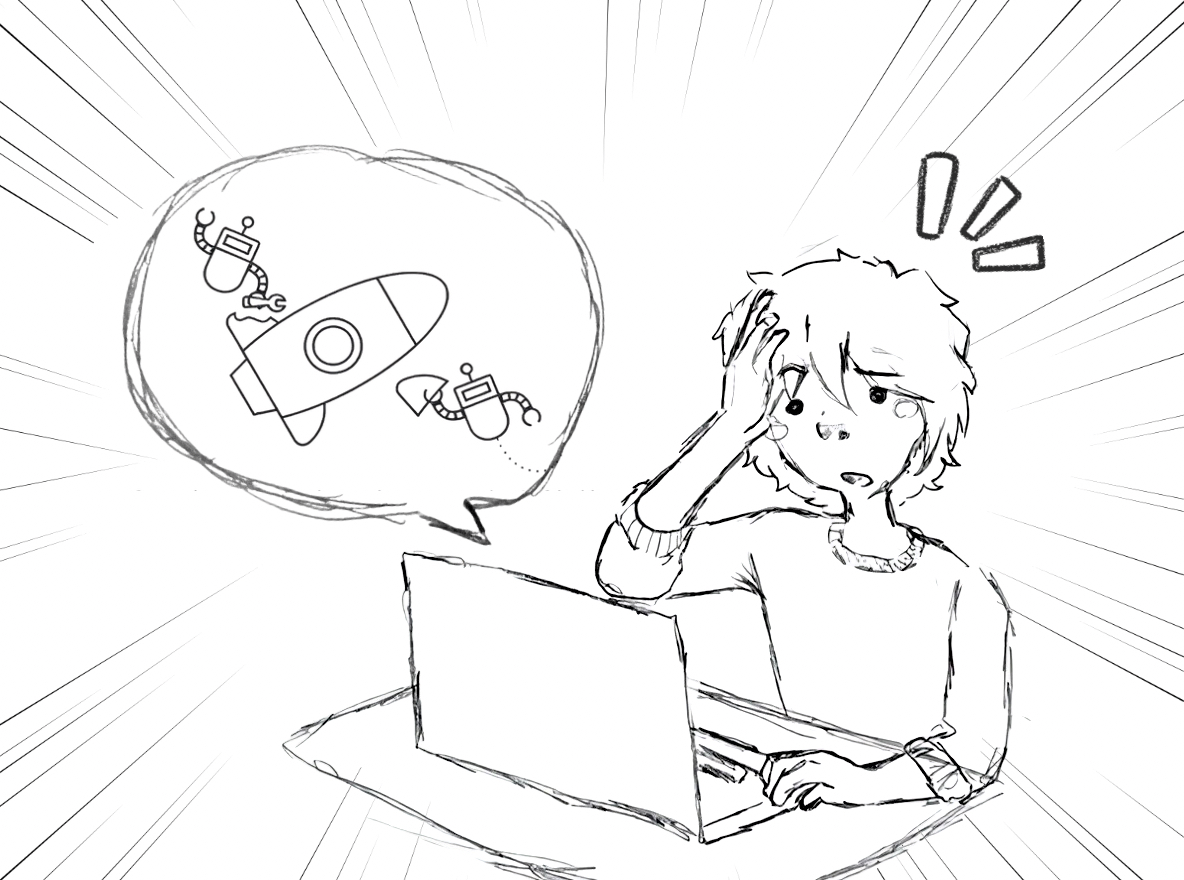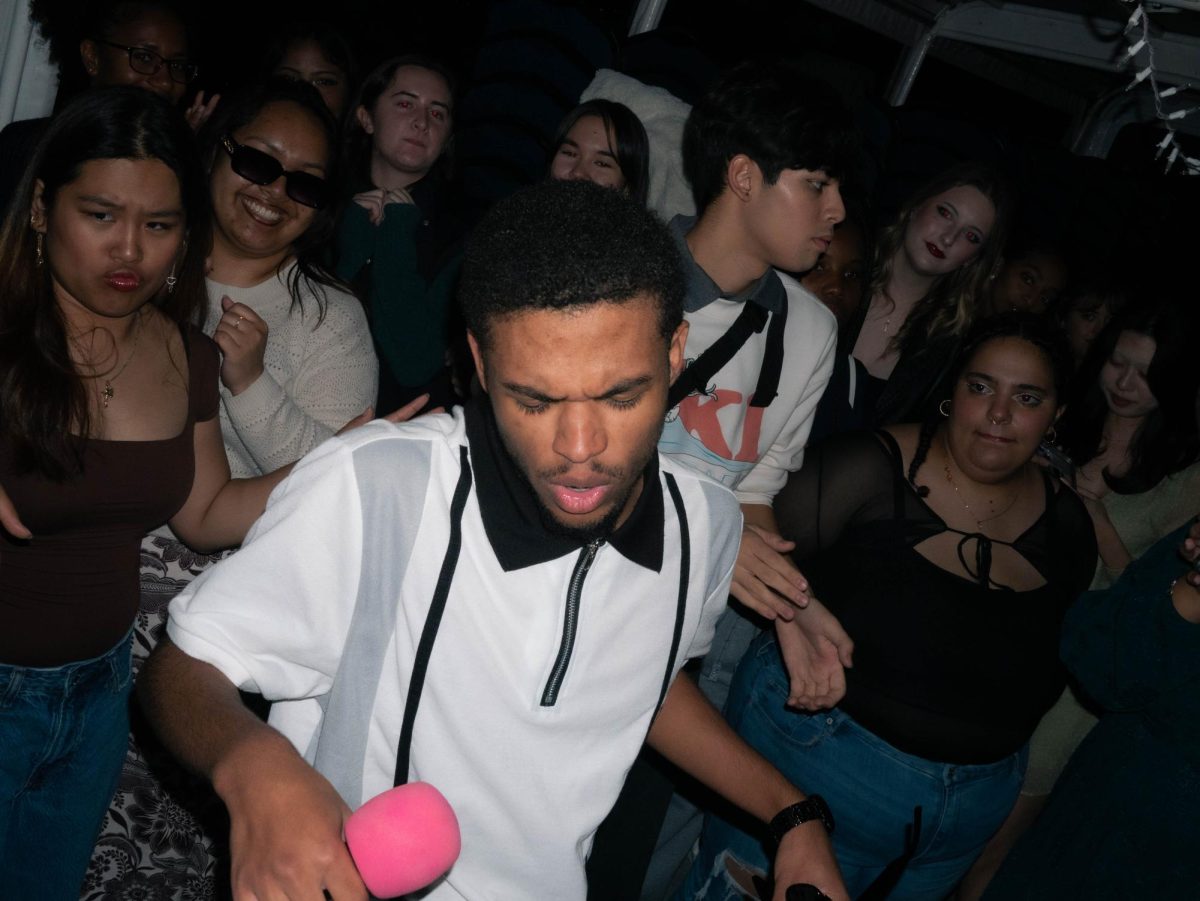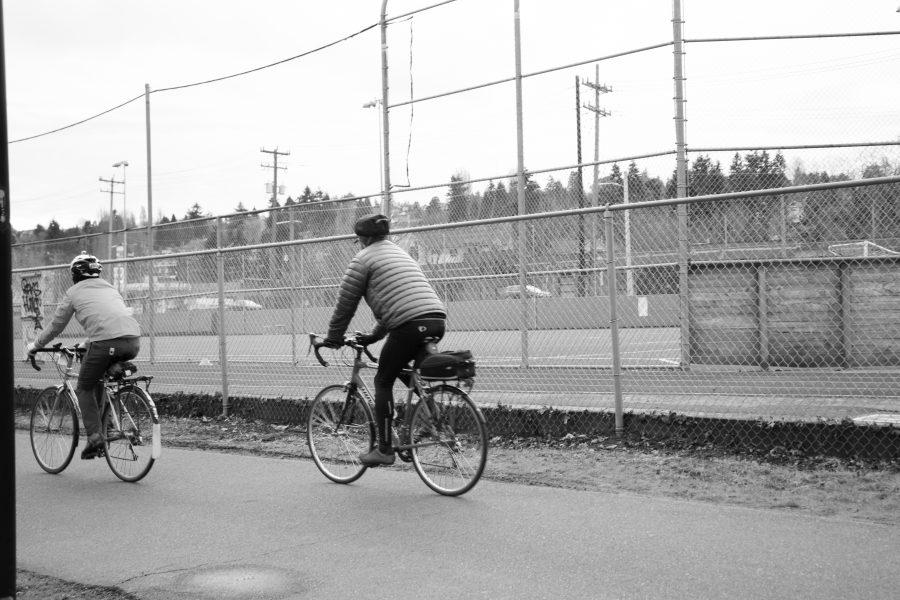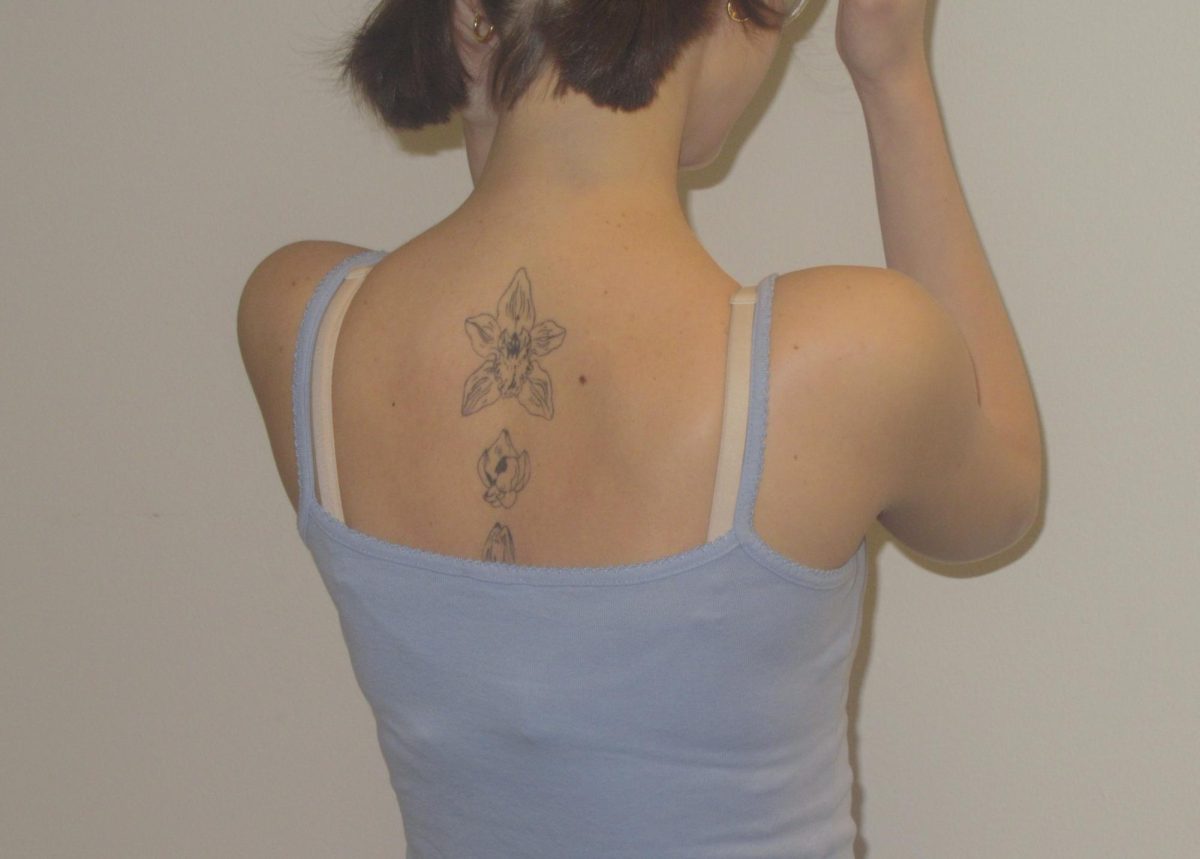Seattle’s streets balance freedom, peril for cyclists
“I’m bikin’ uphill and it’s burnin’ my quads
I’m bikin’ downhill and it sound like a fishin’ rod.”
-Frank Ocean, “Biking”
There is nothing quite as freeing or as dangerous as riding a bike in Seattle.
While the speed of a car alienates the driver from the road, where distance is measured only in time, the biker has a tangible relationship with the road it rides on.
Going up the hill is the sweat, going down is the shower. The degree of pleasure in coasting down the decline is directly correlated to the slope and struggle of Fremont Ave’s formidable hill.
You are the engine, the driver, the passenger.
However, there is a peril to this freedom which threatens the biker. The peril has not as much to do with the weather or the urban topography of Seattle (though both could be improved), but more to do with the fact that cars cannot see bikes.
Drivers can visually sense that there is a biker on the road, but they fail to recognize their vulnerability, an oversight that often comes from simple ignorance of what it is like to be unprotected on the road.
I have come to accept the fact that even if I ride as safely as possible, taking necessary and unnecessary precautions with incredible foresight as to a car’s potential maneuvers,
I am powerless against a texting driver. I am waiting to be hit.
Hands on or off the handlebars, freewheeling or pedaling, I love to bike, but I will not be surprised to be on the receiving end of involuntary manslaughter.
I grew up in Bellingham, nicknamed “The City of Subdued Excitement,” a college town, the last big stop before Canada. A bona fide hipster haven, nearly everyone bikes because almost everything is close by, and there is nothing comparable to Mercer Street during rush hour.
Due to these circumstances, bikes have been proven to be one of the most efficient modes of transportation. This was a place where I felt safe riding a bike.
In Bellingham, most of the people who were driving a car likely also rode a bike. I felt like the cars could see me, meaning that I believed that they recognized my status as a vehicle while also understanding my vulnerability.
In contrast, Seattle is too large and growing too quickly for me to feel like I can trust the drivers on the road to consider my safety.
According to Forbes, in 2018 Seattle was the second fastest growing city in the United States, and it feels like it. I enjoy biking, but it is hard to feel free when you feel like you are going to die.
Drivers treat cyclists like potholes in the road, like they are in the way and not a human who can be killed by a simple distraction.
As they scurry to pick up another passenger, Ubers don’t see me. They don’t recognize that my helmet will do little to save me, they only see a destination. That being said, not all bicyclists are angels.
As made famous by the Reddit subreddit r/Showerthoughts, the public’s underlying sentiment toward bikers seems to be that,“Whenever I am driving I hate pedestrians. Whenever I’m a pedestrian I hate drivers. But no matter what I am doing, I hate cyclists.”
Not all bikers follow the rules, and some bikers are lamentably clueless as to the rules of the road. As a driver, I can understand the frustration of a relatively slow vehicle on a crowded street.
But if a driver wants to understand why bikes can be so annoying, they should bike themselves. Understanding what it feels like to be vulnerable and surrounded by armored cars gives a perspective that can only produce empathy and respect.
If we can have a larger portion of Seattle understand why biking can be frightening, there is the possibility for empathy between the rider and the driver and the chance for bikers to feel like they aren’t always in imminent danger.
Not only does commonality build community, but drivers should endeavor to ride a bike simply because it feels good.
To bike is to control a vehicle that you power, it is to have a greater sense of the scenery, and it is to feel the wind on your face.
Bike for safety, but also bike for the fun.















































































